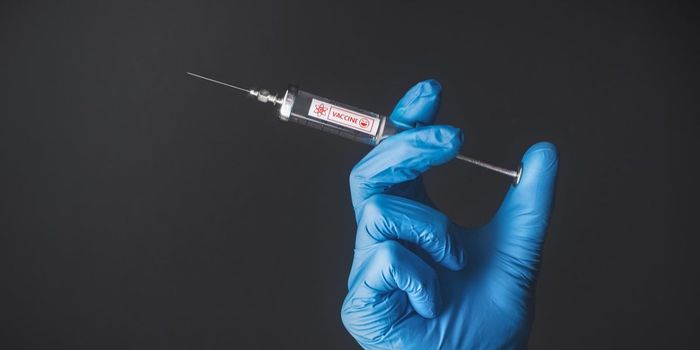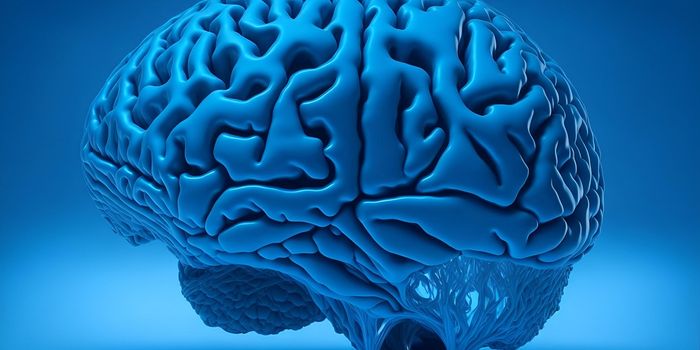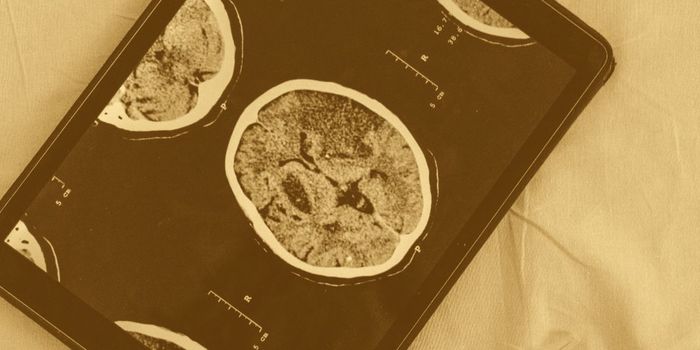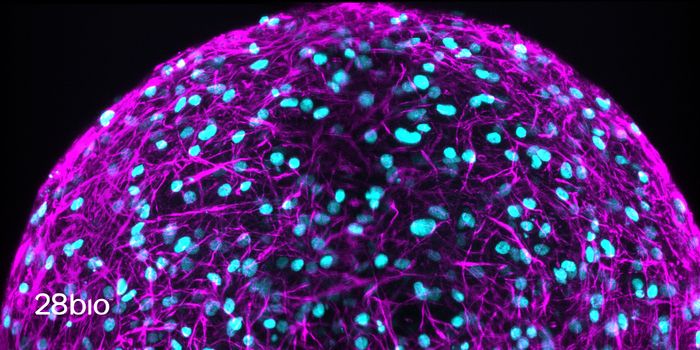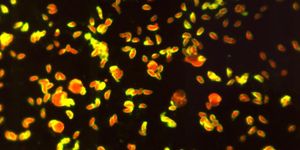Drug Improves Muscle Properties
Currently, adults over 65 are an increasingly growing segment in many countries. In the United States, the elderly population will increase by 40 percent with the cost of health care expected to double with much of the spending used in the treatment of health problems related to muscle decline. Now, researchers at The University of Texas Medical Branch at Galveston have aimed to find a solution by creating a drug that significantly increased muscle size, strength and metabolic state in aged mice.

"We identified a protein in muscle stem cells that appears to be responsible for their age-related dysfunction, and then developed a small molecule drug that limits the effects of this protein," explains senior author Stanley Watowich, UTMB associate professor in the department of biochemistry and molecular biology. "By resetting muscle stem cells to a more youthful state, we were able to rejuvenate them so that they could more effectively repair muscle tissues."
When we age, our bodies naturally lose their effectiveness to repair and rebuild degenerating skeletal muscles. At around age 35, muscle mass, strength and function begin to decline which dramatically limits the potential of older adults to lead fully active and independent lives.
"There are no treatments currently available to delay, arrest or reverse age-related muscle degeneration," said senior author Harshini Neelakantan, a UTMB research scientist in the department of biochemistry and molecular biology. "These initial results support the development of an innovative drug treatment that has the potential to help the elderly to become fitter, faster and stronger, thus enabling them to live more active and independent lives as they age."
Learn more about aging effects on muscle:
The study examined the treatment of aged mice with muscle injury with either the intended drug or a placebo. They found that the aged mice treated with drug had increasing functional muscle stem cells that actively repaired the injured muscle. Additionally, no adverse drug effects were found. Results of the study were published in Biochemical Pharmacology.

